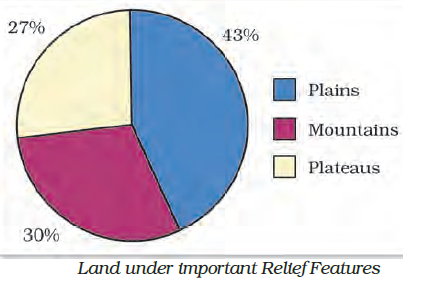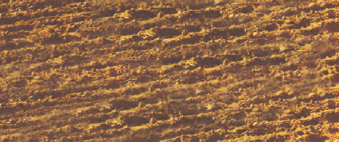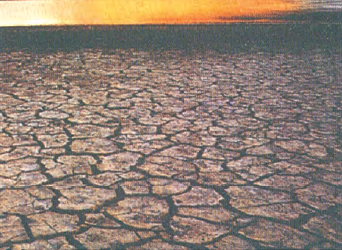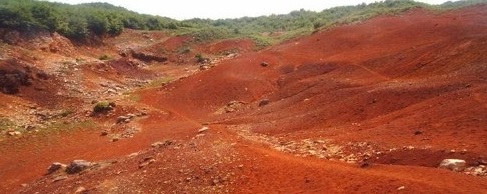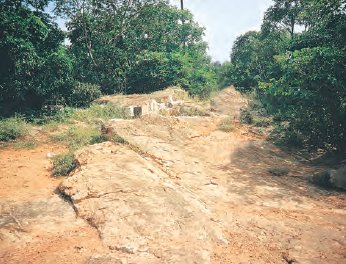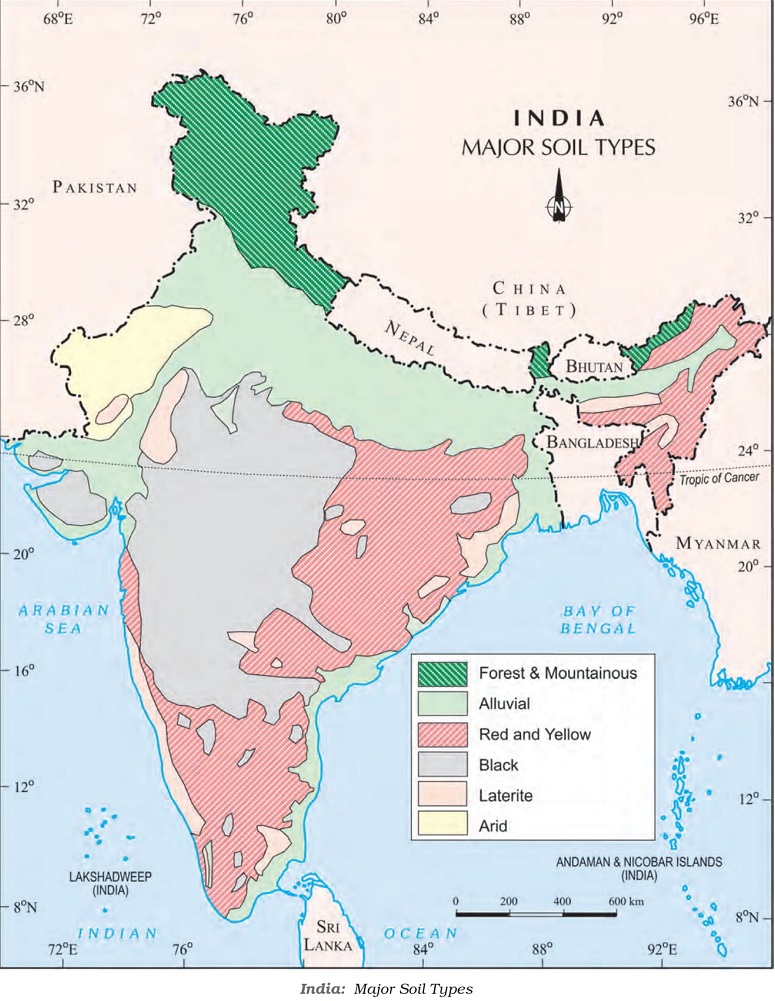
Definition of Democracy
Democracy is a form of government in which the rulers are elected by the people. One chief factor common to all democracies is that the government is chosen by the people. It also helps students to demarcate between democratic and non-democratic governments. From the non-democratic government, take the example of Myanmar, where rulers were not elected by the people. Those who were in charge of the army of the country took over as rulers and people had no say in this decision. Dictators like Pinochet (Chile) are not elected by the people. This also applies to monarchies.
Features of Democracy
The simple definition of democracy gives rise to various questions, which are given below:
- Who are the rulers in this definition?
- What kind of election constitutes a democratic election?
- Who are the people who can elect the rulers or get elected as rulers?
- Finally, what form of government is a democracy?
Major decisions by elected leaders
Some countries like Pakistan do not follow this rule. In Pakistan, General Pervez Musharraf led a military coup in October 1999. He overthrew the democratically elected government and went on to become the President of the country. In 2002, he also held a referendum in the country that granted him a five-year extension. Meanwhile, after passing of this ‘Legal Framework Order’ elections were held to the national and provincial assemblies and elected representatives were granted some powers. But the final power rested with military officers and General Musharraf himself. Hence, we can conclude it was not a democratic country. The same thing happens in many dictatorships and monarchies. Thus, we can conclude that in a democracy the final decision making power must rest with those elected by the people.
Free and Fair Electoral Competition
In China, elections are held after every five years for electing the country’s parliament, called Quanguo Renmin Daibiao Dahui (National People’s Congress). Before contesting elections, a candidate needs the approval of the Chinese Communist Party. The government is always formed by the Communist Party. Alternatively, since its independence in 1930, Mexico holds elections after every six years to elect its President. But until 2000 every election was won by a party called PRI (Institutional Revolutionary Party). Should we consider the elections described above as examples of people electing their rulers? Reading these examples we get a sense that we cannot. Democracy must be based on a free and fair election where those currently in power have a fair chance of losing.
One person, one vote, one value one value
Democracy is based on a fundamental principle of political equality. However, there are many instances of denial of the equal right to vote. Until 2015, in Saudi Arabia, women did not have the right to vote. Estonia has made its citizenship rules in such a way that people belonging to the Russian minority found it difficult to get the right to vote. In Fiji, the electoral system is such that the vote of an indigenous Fiji has more value than that of an Indian-Fijian. Definitely not a democratic government. The feature of democracy this highlights is that in a democracy, each adult citizen must have one vote and in turn, each vote must have one value.
Rule of law and respect for rights
Zimbabwe attained independence from White minority rule in 1980 and from then the country has been ruled by the party that led the freedom struggle, ZANU-PF. Its leader,
Robert Mugabe ruled the country since independence. Even if elections were held regularly, it was always won by ZANU-PF. President Mugabe was popular but also used unfair practices
in elections. There was a law that limited the right to criticise the President. Television and radio were controlled by the government and gave only the ruling party’s version. There were independent newspapers but the government harassed those journalists who went against it and so on. Not a democratic government. Democratic government rules within limits set by constitutional law and citizens’ rights.
Hence, we can deduce that democracy is a form of government in which:
- Rulers elected by the people take all the major decisions
- Elections offer a choice and fair opportunity to the people to change the current rulers
- This choice and opportunity is available to all the people on an equal basis
- The exercise of this choice leads to a government limited by basic rules of the constitution and citizens’ rights
Why Democracy?
Cons of Democracy
- Leaders keep changing in a democracy leading to instability
- Democracy is all about political competition and power play, leaving no scope for morality
- Many people have to be consulted in a democracy that leads to delays
- Elected leaders do not know the best interest of the people, resulting in bad decisions
- Democracy leads to corruption since it is based on electoral competition
- Ordinary people don’t know what is good for them; they should not decide anything
From these arguments, we can see that democracy of the kind we see may not be the ideal form of government. However, we will see if democracy is better than other forms of government that are there for us to choose from.
Arguments in Favour of Democracy
A democratic government is a better government because it is a more accountable form of government: Take the example of India and China famines in 1958-1961. While China was hit badly, India did not fare as badly, despite its economic condition. Reason for this could be that India responded to the food scarcity in a way that the Chinese government did not. Here, we see that democracy is better than any other form of government in responding to the needs of the people.
Democracy improves the quality of decision-making: Democracy is based on consultation and discussion. A democratic decision always involves many people, discussions and meetings and they are able to point out possible mistakes in any decision. This may take time. However, the advantage of taking time over important decisions is that it reduces the chances of rash or irresponsible decisions.
Democracy provides a method to deal with differences and conflicts: In any society, people are bound to have differences of opinions and interests. These differences are particularly more in a country like ours with amazing social diversity. People belong to different regions, speak different languages, practise different religions and have different castes. The preferences of one group can clash with those of other groups. How do we resolve such a conflict? Democracy provides the only peaceful solution to this problem. In a democracy, no one is a permanent winner or loser. Different groups can live with one another peacefully.
Democracy enhances the dignity of citizens: Democracy is based on the principle of political equality. It recognises that the poorest and the least educated have the same status as the rich and the educated.
Democracy is better than other forms of government because it allows us to correct our own mistakes: Even if no government can guarantee that no mistakes will be made, in a democracy one can be sure that it will not be hidden for too long. It makes space for public discussion on these mistakes. There is also room for correction. Rulers have to change their decisions or they could themselves be changed.
Thus, we can correctly infer that while democracy may not be the solution to all problems, it is still clearly better than any other alternatives.
Broader Meanings of Democracy
In this chapter, the meaning of democracy is discussed in a descriptive sense. Students get to learn about democracy as a form of government, thus helping them to identify a clear set of minimal features that democracy requires. The common form adopted by democracy is representative democracy. In democratic countries, all people do not rule. A majority is allowed to take decisions on behalf of all the people through their elected representatives. This has become necessary for the reasons given below:
- Modern democracies involve such a large number of people that it is physically impossible for them to sit together and take a collective decision.
- Even if they could, the citizen does not have the time, the desire or the skills to take part in all the decisions.
Democracy as a principle can go beyond the government and can be applied to any sphere of life. People use the word democracy not to describe any existing government but to set up an ideal standard that all democracies must aim to become. However, if the ideals of democracy are considered then no country in the world is correctly democratic. Still, having an understanding of democracy as an ideal will explain why to value democracy. It enables people to judge an existing democracy and identify their weaknesses. It also helps to distinguish between a minimal democracy and a good democracy. The most common form of democracy in today’s world is being ruled through people’s elected representatives. However, for a small community, there can be other ways of making democratic decisions. All people can sit together and make decisions directly. This is how the Gram Sabha should work in a village.
Keep Learning and stay tuned for more updates on CBSE and NCERT. Download BYJU’S App and subscribe to YouTube channel to access interactive Maths and Science videos.

